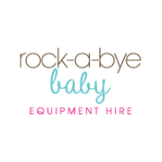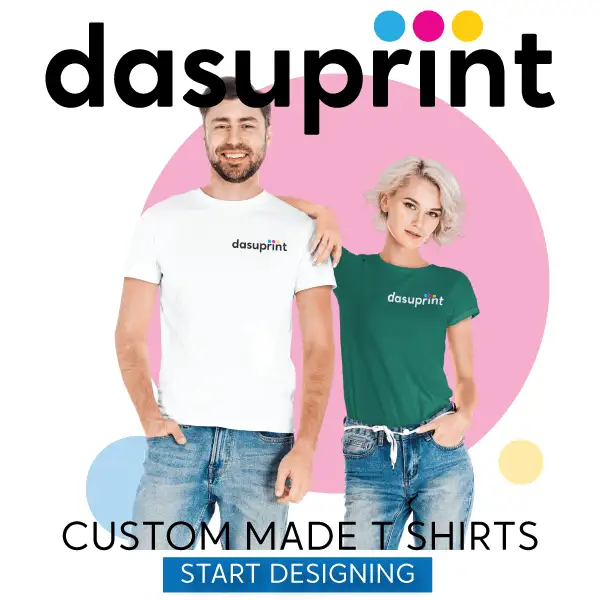

How to choose the right carseat for your child
Our goal here at Rockabye Baby Hire has always been to provide our customers with the most up to date information, products and resources to empower you to make informed decisions for your families.
You may be getting ready to return your hired capsule or carseat and that means you will be doing some carseat shopping. Our guide hasbeen put together by our Accredited Restraint Fitting Team to help you navigatethe choices, options and products that are on offer and help you to choose the right seat for your child, your needs and your budget.
When we arrive at a baby shop,instinctively we will gravitate to either a label or logo we recognise, or acolour we like. However choosing the correct product for your child is much more complex than that. We have set out our top tips as well as information onavailable products below for you. Of course this list is not exhaustive but wehave done our best to be as comprehensive as possible. As always, if you needour help we are just a phone call away.
Choose the correct type of restraint for yourchild Ensure that the seat you areconsidering is the right size for your child and that it meets AustralianStandards and has the Australian Standards logo sticker present. Contrary topopular belief, Australian Standards for car seats are in fact among thetoughest in the world ensuring the best possible protection for our children onthe road.
In Australia it is illegal topurchase or use a car seat that does not comply with the Australian/New ZealandStandard 1754 – even if you are visiting. Always look for the certificationmark AS/NZS:1754 on the car seat you choose for your child.
Choose for the childs size not by their age Seats are not graded by age ofchildren but by their size. The size of children can vary – two 4 year olds canbe entirely different heights and weights so check that your childs fits withinthe shoulder height marker label for the specific model of car seat you areconsidering. Just like when you are buying jeans – you take your legs with youto ensure the product fits so take your child with you to test the restraintdoes in fact fit them.
Is it easy to use?
You’ll be using this seat a lot. Isit easy for you to use? When you go to the hire company or the baby shop askthem to put the restraint on your backseat in the position it will be fittedin. How easy is it for you to get your child in and out of this restraint?
Is it easy to adjust?
We also suggest you test theadjustment mechanisms on the inbuilt harness – do they loosen and tighteneasily? And when its time to adjust the shoulder strap height up a new levelcan you do that from the front of the seat or do you have to completely uninstallit, adjust them then try and reinstall it each time?
Is it affordable?
Price is not a great indicator forquality – and that is a good thing. There is something available for mostbudgets on the market today. Do not feel like you are a bad parent or beingcheap if you can not afford $700 for a carseat. The biggest price tag does notensure you have the safest seat. Have a look at the CREP results. The Child RestraintEvaluation Program (CREP) is a consortium of government agencies and motoristorganisations whose aim it is to provide independent and consistent informationon the levels of child protection from injury in a crash provided by individualcar seats and the ease with which they can be used correctly using a verysimple star system with 1 out of 5 being the lowest score and 5 out of 5 thehighest.
www.childcarseats.com.au
Longevity How long can you use this carseatfor? Try and find a restraint with the highest shoulder height markers forending use so you can use the seat for a long period of time. If you hope tokeep your child rear facing then an extended rear facing seat with a tallshoulder height marker will be idea for you. Or maybe consider getting one ofthe new Type G restraints – these use the inbuilt harness up to an average 8year old meaning you do not won’t ever have to buy a booster seat.
The laws are the minimum The road laws relating to kids andcars are minimums. We do not aim for the minimum safety – but for the maximum.So keep your child in their restraint for as long as they still fit in it. Whenyour child reaches 6 months that does not mean its time to turn them forwardfacing. Just because they turn 3 you do not put them in size 3 shoes – if theseat still fits – keep using it.
Use their age as a guide only.
- Children under the age of six months must use arear facing car seat
- Children aged six months to four years can useeither a rear facing car seat or a forward facing car seat.
- Children aged four years to approximately sevenyears must travel in a forward facing car seat or booster seat.
Newer seats nowadays all have alabel on the restraint showing you exactly where the childs shoulders can be tosafely use the seat. Shoulder height markers make it so easy for parents andcarers to establish if a child car seat is suitable for their child and whenthe child needs to have the shoulder straps adjusted or when they are ready tomove to the next child car seat.
Shoulder Height Markers, located onthe inner side of the seat, prompt parents and carers to ensure their childsseats, and associated harnesses, are adjusted at the right stages of the childsgrowth to maintain optimal safety in the event of an accident.
Shoulder height markers in carseats can be used to let you know whether your child still fits in their seatYour child should remain in a rearfacing seat or position until their shoulder is in-line or above the forwardfacing height marker.
Your child should remain in aforward facing seat until their shoulder height is above the upper shoulderheight marker.
Note: There is a slight differencebetween rear and forward facing and that relates to the dynamics in the eventof a collision.
Ensure your restraint is installed correctly We do not necessarily believe thatyou require professional installation of your restraint however there are a lotof belts, buckles and pathways to contend with. Before you begin, ensure youhave read the instruction manual for your restraint in full and be confidentthat you understand how to install your seat. If you are uncertain please donot hesitate to contact us or a local restraint fitting station for advice.Unfortunately there is a lack of understanding around the power of collisiondynamics and there is an idea in the community that a car seat must be ‘rocksolid’ postfitment to be safe. This is incorrect. The Australian Standard testing proceduresthat these products are subjected to are stringent and demanding.
The more rigidly a restraint isattached to the vehicle chassis, the more collision force the infant will besubject to. Imagine if you will the catching arm of a cricket player. If itwere completely rigid and unmoving it would shatter into pieces – exactly thesame with carseats. Even the new rigid ISOFIX seats have a hinge that allow forsome up and down movement to counter this possibility.
Overtensioning a restraint wheninstalling it can cause stress damage to both the restraint and/or the vehicleseats unecessarily. A restraint that is fitted correctly does allow for somemovement but no more than 2.5 cms from side to side at the belt path end of therestraint. Shaking your restraint around at the top end (where the top tetherbegins) is not an accurate test of correct fitment and will do nothing butloosen your restraint and perhaps leave the seat requiring refitment.
Use the top tether and harness straps correctly We have had customers returncapsules or carseats and inform us that they didn’t use the top tether becauseit was annoying or took up too much time to deal with.
Please – use the top tether. In anaccident it serves as a very important tool to minimise the possibility of yourchild being injured in the crash.
When you are using the inbuiltharness ensure that the shoulder straps are:
- atthe correct height for your child
- thereare no twists in the harness that is on your child. Twists here can causesignificant injuries so ensure at every use that there are no twists in theharness – fitted firmly with no slack (a good way to test is to try and pinchthe belt together. If you can not pinch any fabric it is firm enough).
We hope that keeping our list oftips and information in mind will help you to make the right choice. If youhave any concerns about child car seat use or how to choose please do nothesitate to contact our Team on 1300 859 775 who will be very happy to assistyou.
Kind regards
Rock-A-Bye Baby Equipment Hire
Sydney’s Favorite Hire Company Ph: 1300 859 775 https://www.rockabyebabyhire.com.au
Further resources:
Australian Child RestraintResource Initiative (ACRI)
Child Restraint EvaluationProgram
Rock–A–Bye Baby Hire – News and Information Area
Kidsafe NSW

- Business Name
- Rockabye Baby Equipment Hire
- Business Category
- Baby Stores
- Official Website
- rockabyebabyhire.com.au
- Social Links
- Phone Number
- 1300859775
- Business Location
- 866 Bourke St
Waterloo 2017
New South Wales
Australia



